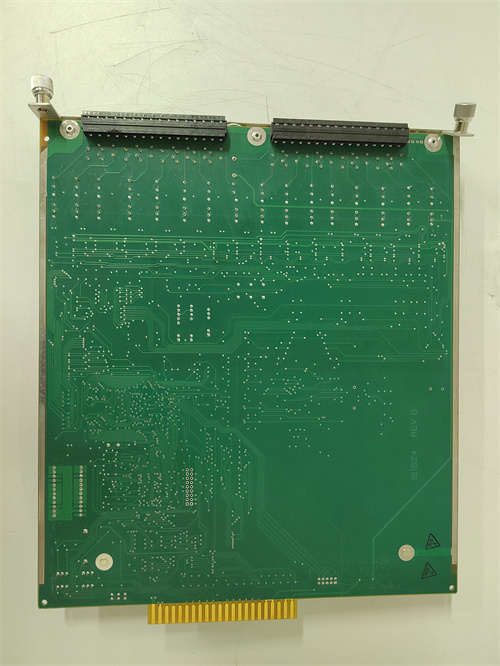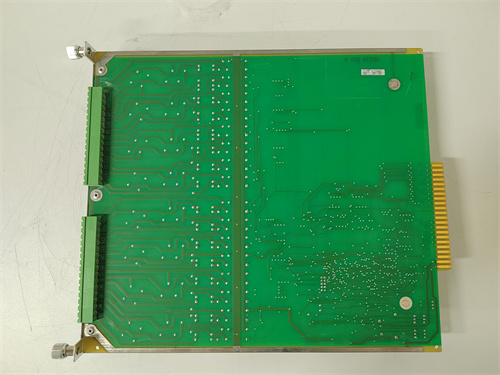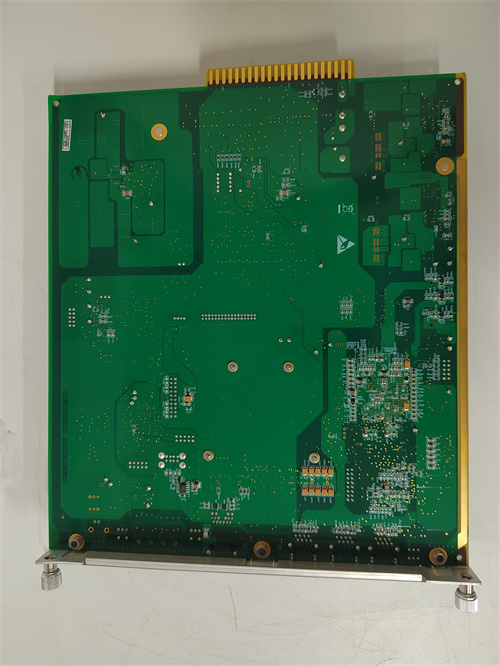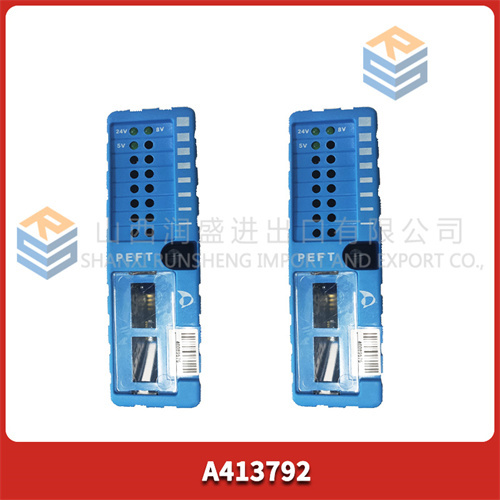Description
1. Technical Specifications
- Power Supply: The IOP114 typically operates on a 24V DC power supply. The power consumption is relatively low, around 6 – 10W, which helps in reducing energy costs during long – term use.
- Input/Output Configuration:
- Digital Inputs: It is equipped with 12 digital inputs. These inputs can accept signals from a variety of digital sensors such as limit switches, proximity sensors, and photoelectric sensors. They are designed to work with input voltages in the range of 5 – 24V DC.
- Digital Outputs: There are 4 digital outputs. Each output can drive a load with a maximum current of 1A, suitable for controlling small relays, solenoids, and indicator lights.
- Analog Inputs: There are 2 analog inputs. They can receive signals in the ranges of 0 – 10V or 4 – 20mA, with a 12 – bit resolution, enabling accurate measurement of analog quantities like temperature, pressure, or flow.
- Analog Outputs: 1 analog output is available, capable of outputting signals in the same ranges as the analog inputs, for controlling analog – based devices.
- Processing Speed: The response time for digital input changes is less than 10ms, and for analog input changes, it is approximately 15ms. This allows for relatively quick reaction to changes in the monitored system.
- Communication Interfaces: It supports an RS – 485 serial communication interface with the Modbus RTU protocol. This interface enables easy integration with other Modbus – compatible devices and control systems for data exchange.
2. Applications
- Industrial Automation: In manufacturing industries, it can be used to control and monitor production lines. For example, it can manage the movement of conveyor belts, control the start and stop of machines, and monitor the status of production equipment.
- Building Automation: In commercial buildings, it can be involved in managing HVAC systems, lighting systems, and access control systems. It helps to improve energy efficiency and building security.
- Environmental Monitoring: In environmental monitoring applications, it can measure and record parameters such as temperature, humidity, and air quality, and then transmit the data to a central control system.
3. Weight and Dimensions
- Weight: The module weighs about 0.4 kg, which is relatively light and easy to install and handle.
- Dimensions: The overall dimensions are: length – 110mm, width – 80mm, height – 25mm. Its compact size allows for installation in standard electrical cabinets or control panels.
4. Features
- Flexible Input/Output Configuration: With a combination of digital and analog inputs and outputs, it can be applied in a wide variety of scenarios, allowing for customized control and monitoring solutions.
- Modbus Communication: The support for the Modbus RTU protocol on the RS – 485 interface enables easy integration with other Modbus – compatible devices and control systems, facilitating system expansion and data sharing.
- User – Friendly Configuration: It has a simple and intuitive configuration process, which allows users to quickly set up the module according to their specific requirements.
5. Stability and Reliability
- Robust Design: The module is housed in a durable enclosure that provides protection against dust, moisture, and mechanical vibrations. This ensures stable operation in harsh industrial environments.
- Fault – Tolerant Features: It is designed with built – in protection mechanisms such as over – current protection, short – circuit protection, and over – voltage protection. These features safeguard the module from electrical faults and extend its service life.
- Quality Components: The use of high – quality electronic components and strict quality control during manufacturing ensure long – term reliability and consistent performance.
6. Real – world Examples
- Food Processing Plant: In a food processing plant, the IOP114 can control the filling process. It monitors the level of food products in the containers through analog sensors and controls the operation of filling machines via digital outputs to ensure accurate filling quantities.
- Office Building: In an office building, it can manage the lighting system. By detecting the presence of people through digital sensors and the level of natural light through analog sensors, it can automatically adjust the brightness of the lights, saving energy.


.jpg)
-200x200.jpg)






Reviews
There are no reviews yet.